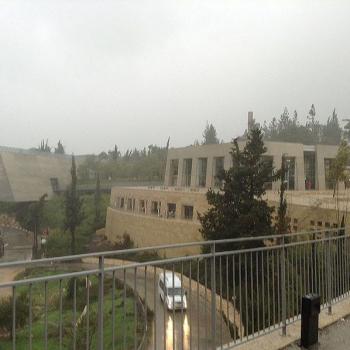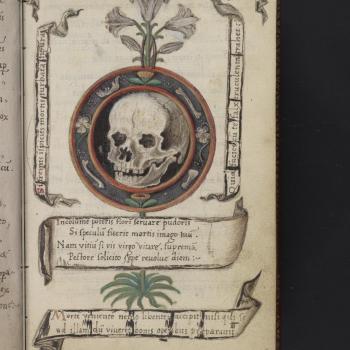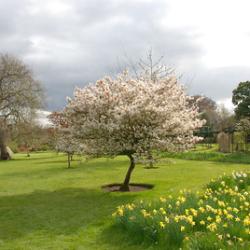 By Margaret Blair Young and Darius Aidan Gray
By Margaret Blair Young and Darius Aidan Gray
We believe that there must and will be a significant future for those of African descent in the Church, and far greater prominence in the leadership than we see today. But it won't come without full acknowledgment of the complexities that always attend race issues, and some bold approaches to the challenges before us.
African Americans
The history of the LDS Church can't really be told without including the history of African Americans within the faith. There has been a continuous Black presence from 1832 to the present. The fact that most Mormons don't know the history must lead us to some introspection.
We teach what we value. We have valued the stories of the white pioneers, the Martin Handcart Company, etc. Because the stories of the Black pioneers include different kinds of tribulations -- for example being met with "rebuff" in Nauvoo, as Jane James says when describing her family's first day there -- these stories are less comfortable than the familiar ones, in which we Mormons are almost always the "good guys." We might tell portions of these other stories (stories of "the other"), but they're the comfortable portions -- the ways "we" treated Blacks with compassion (as in Joseph Smith's providing a horse for former slave Anthony Stebbins to sell in order to purchase the freedom of a slave child).
The church film about Joseph Smith, which shows daily in the Joseph Smith Memorial building, does include a chapter about Jane James, but with a significant revision of Jane's own written account. Jane says, "We traveled a distance of over eight hundred miles. We walked until the soles of our shoes wore out and you could see the whole print of our feet in blood on the ground. We knelt in prayer. We asked God the Eternal Father to heal our feet, and our prayers were answered and our feet were healed forthwith."
Jane's journey is alluded to in the film, but it shows her arriving in Nauvoo with bloody feet, which Joseph Smith attends to lovingly. Though the scene is touching, it is not true to Jane's story and presents a version that puts the emphasis on Joseph rather than on Jane and her remarkable faith. In other words, her story becomes his story as it is altered for an LDS audience. And the most painful fact of Jane's life -- that she petitioned repeatedly for temple blessings but was denied because of her African lineage -- is, predictably, not addressed in any official LDS publication or film; it is simply uncomfortable, and forces our memory to the years when missionaries did not generally teach any of African descent, and when Mormons commonly viewed Blacks as cursed.
When we Mormons view our past, we tend to see ourselves as victims of mob violence, weeping over the dead at Haun's Mill, or running from Boggs' Extermination Order in Missouri, and from persecutors in Illinois. We dislike seeing ourselves as the ones doing the persecuting. Though Jane James never characterized the pioneers with whom she associated as "persecutors," she did endure prejudice, as did every Black pioneer of her time. At some point, that part of our shared history will need to be acknowledged and fully told. Ultimately, it will edify and inspire all who hear it.
Now in 2010, we have whole congregations that are predominantly African American, but retention of these new pioneers is a real problem. We have made strides even in the past decade in positioning faithful African American Latter-day Saints in leadership roles (stake presidents, bishops, Relief Society presidents, branch presidents, etc.), but we tend to see a revolving door as new converts of color come into the church but cease activity shortly thereafter. Though past statements of church leaders -- freely distributed by anti-Mormons -- show our racist past, the main problem is not with the past but with cultural insensitivity in the present. There is a huge temptation to correlate not only lesson manuals, but culture.
In recent years, the guide for ward or stake music chairs was to rule out any Negro spirituals, or anything like unto them. (Margaret: As music chair in my ward in 1990, I was told that a version of "Silent Night" that had a few notes resembling a Negro spiritual could not be sung in our sacrament meeting.) It is a good sign that the Mormon Tabernacle Choir now regularly performs such spirituals, but we are unlikely to hear these songs in regular wards any time soon, even if there is no longer a written proscription. We would hope that by the time the hymnal is revised, it will include songs like "O Happy Day" or "I'm On the Battlefield for my Lord" -- as well as other songs from around the world, not just from Europe.




